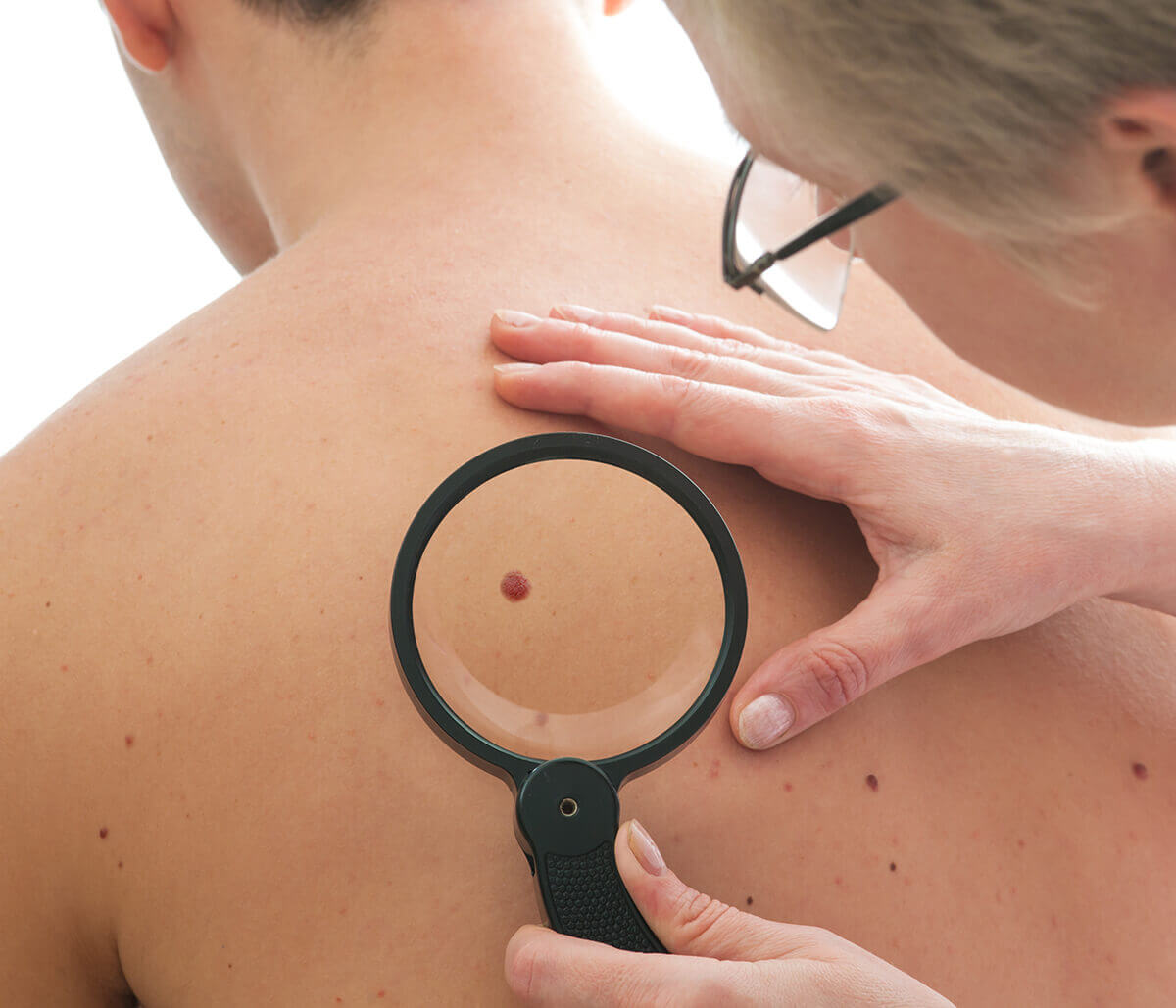Skin Cancer At drs skincare Hamilton, ON
What is Skin Cancer?
Skin cancer is one of the more common issues that we assess and treat at drs skin care. It is a very important area of patient health, and something that we encounter daily during patient appointments. Our experience in this area is valuable to a patient in recognizing potential concerns promptly, so that treatment may be provided at the earliest stages. This is how to obtain the most favorable outcome. No two people are alike, and there are many types of skin cancer, as well as many forms in which it can present.
What to expect
At drs skincare, we perform biopsies on areas that are susceptible to skin cancer to obtain an accurate diagnosis. Many skin growths that are cancerous can be completely removed by our doctor with no further treatment required. We recommend regular skin checks by our professionals to stay on top of any changes that may occur, and maybe more frequently after a skin cancer occurrence. For more complex skin cancer surgeries, we offer referral to a trusted plastic surgery associate, to provide the patient with the most effective continuance of care.
Frequently Asked Questions (FAQ)
Contact our office in Hamilton, ON, to schedule a body check, or if you notice any places that have changed or are concerning. We are routinely able to provide patients with a relatively shorter wait time to obtain an appointment than they can secure with some other providers. Commonly noted concerns, which should be checked right away by the dermatologist include:
- Asymmetrical moles – meaning that one side differs from the other, which can be a warning sign for cancerous moles.
- Uneven border – a mole with uneven, scalloped, or notched edges is a greater cause for concern.
- Multiple colors – rather than uniform color of the whole mole, it may have a variety of shades of brown or black, and some even appear white, red, or blue.
- Larger diameters – moles which are larger in diameter tend to be more dangerous than the smaller ones, as a rule.
- Changing – most common moles will stay the same, and any that change in size, shape, color, or bleed should be examined.
For examination, diagnosis, and treatment of skin cancer, including basal cell, squamous cell, actinic keratosis (AK), and melanoma, trust your health and care to the experienced doctors and staff of drs skin care.

Why Choose
Dr. Rahul Shukla
Dr. Rahul Shukla is a modern dermatologist staying in line with the advancements in the field by being a member in numerous associations. He obtained a Bachelor of Science degree from Brock University, and later attended medical school at McMaster University, and completed dermatology residency at University of Toronto. He is Board-certified in dermatology, in both Canada and in the United States. Meet Dr. Rahul Shukla



